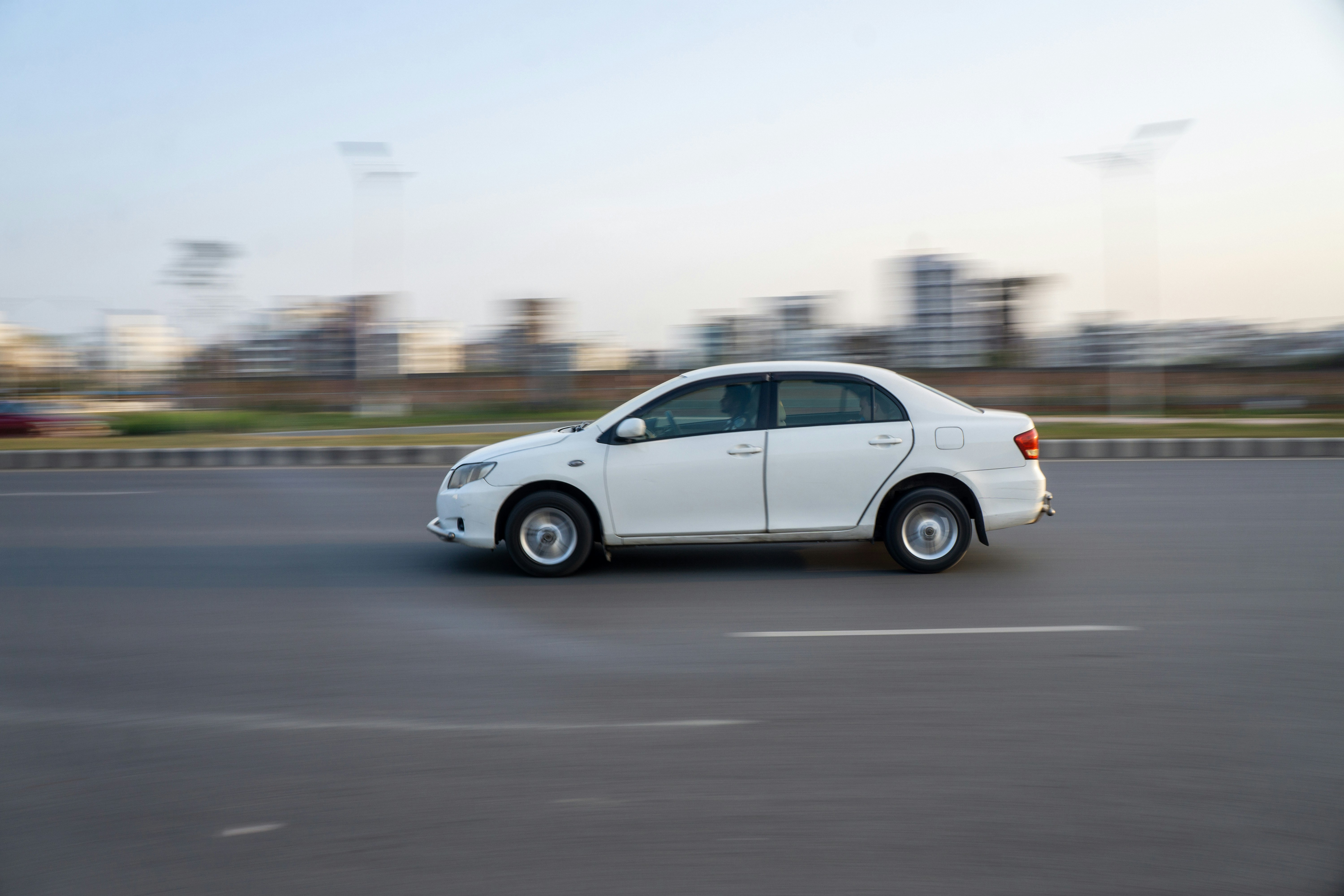The happier your drivers are, the safer they'll be.
A key belief of ours is that health and wellbeing don’t sit in isolation from driving.
It's no secret that happy employees are more productive, take more pride in their work and strive to do the best job they can. Increasingly, workplaces are focusing on their employees' health and wellbeing because they know this will result in better outcomes across the board.
For organisations that operate vehicle fleets, employee wellbeing should be paramount. The research out there that shows people drive better and more safely when they're in a 'flourishing state' - i.e., they're happy and better equipped to engage with whatever they might encounter while on the road.
So, what can I do? Here's three quick tips:
1. Start with the driver in the mirror
Lead the way: when you train it makes it so much easier to encourage the rest of your drivers to work at being better drivers too.
Checking in with yourself to determine if you’re okay to drive is a great place to begin. Completing some higher-level driving skills training and taking some self-reflective courses around subjects that affect your driving are even better ways to continue.
Looking at how you make decisions around driving (and work, and life – it's all related) gives you the chance to improve, as well as the empathy to understand the actions of others.
2. Check in with your team
An inclusive wellbeing approach covers more than just what your drivers are like at work. This is because life affects work (and driving),and work affects life (and driving).
Check in with your staff, help them to learn their own triggers to being stressed or rundown and offer what support you are able. In these COVID-19 times it could just be making sure your staff still feel part of the team, whether you can have them working, dialing in for a team meeting, or doing some training while at home – it all helps.
Recommended Reading:
Driving wellbeing: How caring conversations impact mental health
3. Look out for signs of fatigue
Any major change to routine or life events that happen to us can affect our capacity to drive safely. We saw this when we were in lockdown during the Covid-19 pandemic. Whether it was because we were constantly working from home, working less hours or unable to work at all, changes like this can have a negative impact on sleep patterns. This, in turn, can impact how we are when we get behind the wheel.
Check with that your team are getting enough sleep. Remind your team to be aware of the warning signs of fatigue, ask them to prepare for their journey, and avoid driving at times they’d usually be sleeping.
Our friend Caroline Perry, Director of Brake NZ says that, "the health and wellbeing of drivers is an important part of any fleet risk management programme, yet it is an area often overlooked by organisations. Research shows that there is a link between psychological wellbeing and safety. Driving for work is a significant health and safety risk to organisations, so it’s essential that fleets have relevant policies and procedures in place to address risk."
Because we understand the benefits of healthy and happy drivers we build wellbeing components into our training courses. If your organisation is training on the Fleetcoach Wellbeing Plan, the Fatigue, Stress and Values courses help drivers with the self-awareness to be safer drivers, and now might be the perfect time to ask your drivers to complete them.
If you're not on the Wellbeing Plan, or with Fleetcoach yet, now is the perfect time to book a demo or contact us to get started!





.png)

